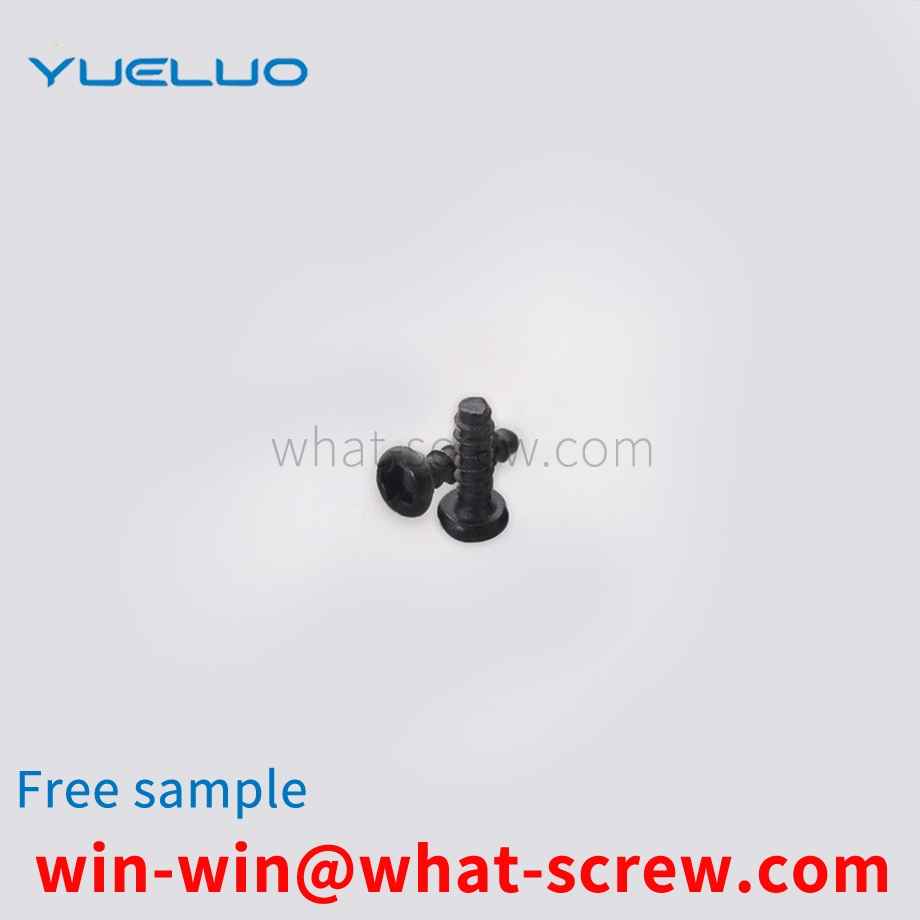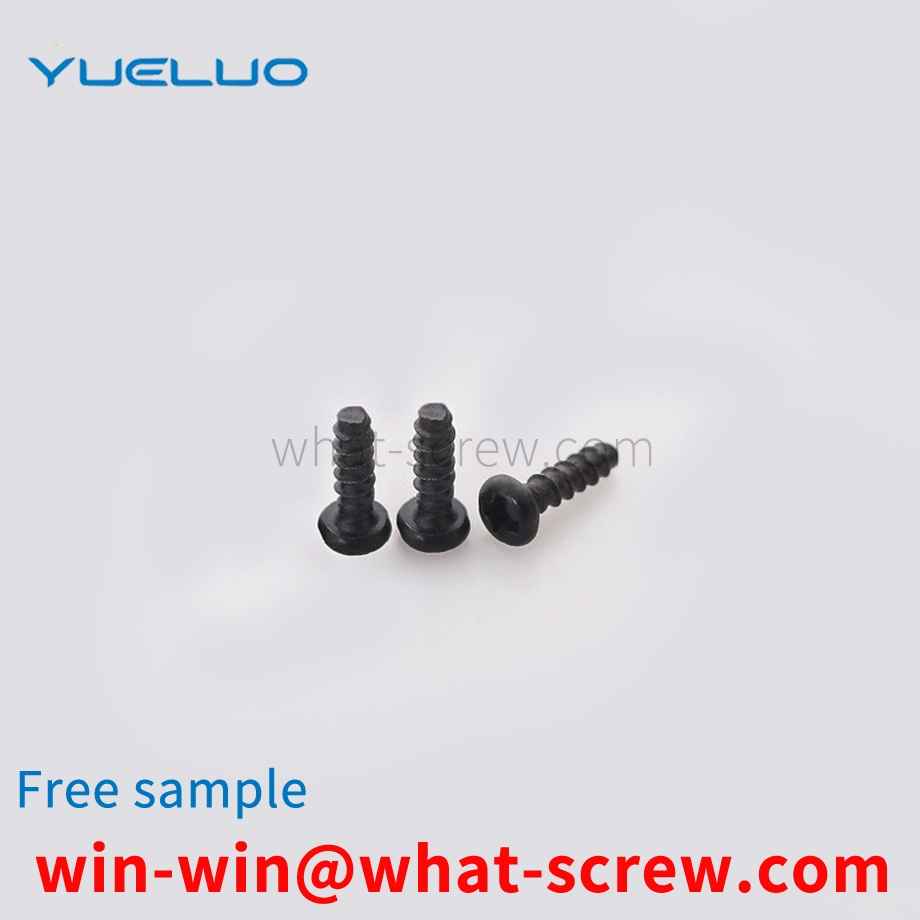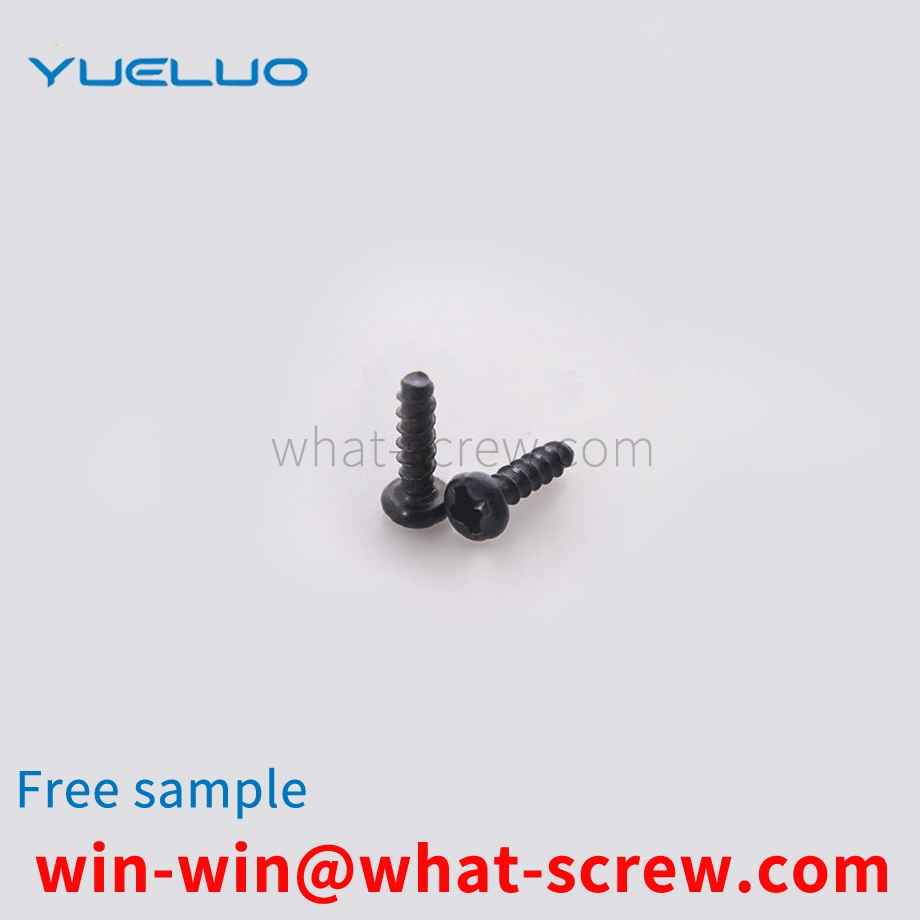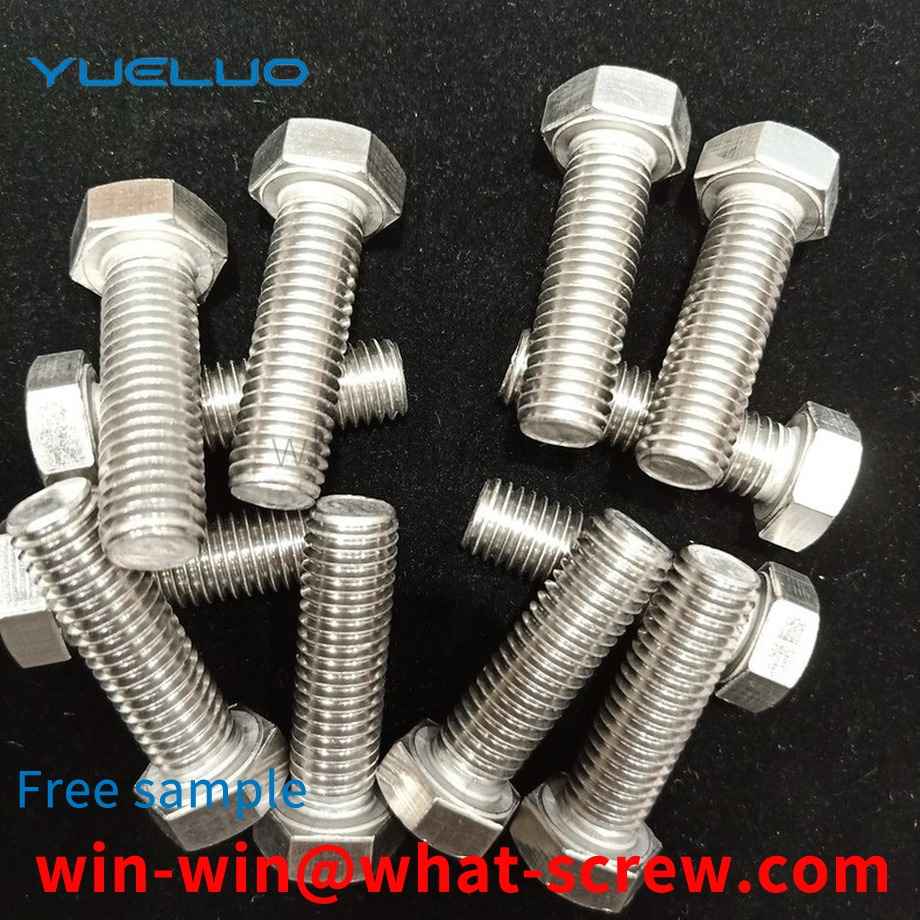What is the tolerance range of precision screws?
What is the tolerance range of precision screws?
Service Hotline
+86760-8787 8587We have more than ten years of experience in the production of screw industry, the main products are: pin shaft flat head cylindrical pin, GB39, aluminum profile accessories T-type slider shrapnel steel ball elastic nut, plastic column gasket, hand wheel handle screw accessories, embedded parts injection molding Copper nuts, fixed anchor bolts, manganese grounding washers, high-precision stainless steel screws, household flat head dome head screws and nuts, cabinet nuts and screws, hexagon single-head studs, concave head screws, extended equal-length bolts, grade 10 fine Due to the different materials and specifications of the fasteners such as nylon lock nuts, the prices are also different. Please contact us if you need it.


Hexagon nuts are usually used in conjunction with bolts and screws to connect and fasten parts. In daily life, ordinary hexagon nuts are sometimes welded to metal plates for use. In the process of welding hexagon nuts to metal plates In order to ensure that the center line of the inner thread of the hexagonal nut is perpendicular to the metal plate, it is necessary to press the end face of the hexagonal nut on the metal plate before welding. Part of the melt is melted. Since the weld is close to the inner thread of the hexagonal nut, the inner thread is often deformed, which affects the fit of the hexagonal nut and the bolt.

Cylindrical pins are generally used to connect, lock parts or for assembly positioning, and can also be used as parts of safety devices. The cylindrical pin is fixed in the pin hole by interference fit with the pin hole to fix parts, transmit power, or act as a positioning member. The prior art cylindrical pin press-fitting is shown in Figure 1. This kind of cylindrical pin prevents the cylindrical pin body from withdrawing through the locking force and axial friction force brought by the interference fit between the cylindrical pin body and the pin hole. However, the interference of the cylindrical pin body will gradually decrease during use, so that the firmness of the connection and the positioning accuracy will gradually decrease. Therefore, the cylindrical pin can be easily withdrawn during use, resulting in potential safety hazards.


The drawing process has two purposes, one is to modify the size of the raw materials; the other is to obtain basic mechanical properties of the fasteners through deformation and strengthening. For medium carbon steel, medium carbon alloy steel also has another purpose, that is, to make the wire rod. The flaky cementite obtained after controlled cooling is cracked as much as possible during the drawing process to prepare for the subsequent spheroidization (softening) annealing to obtain granular cementite. However, some manufacturers arbitrarily reduce the drawing in order to reduce costs. The excessive reduction rate increases the work hardening tendency of the wire rod, which directly affects the cold heading performance of the wire rod. If the distribution of the reduction ratio of each pass is not appropriate, it will also cause torsional cracks in the wire rod during the drawing process. In addition, if the lubrication is not good during the drawing process, it can also cause regular transverse cracks in the cold drawn wire rod. The tangential direction of the wire rod and the wire drawing die is not concentric at the same time when the wire rod is rolled out of the die, which will cause the wear of the unilateral hole pattern of the wire drawing die to aggravate, make the inner hole out of round, and cause uneven drawing deformation in the circumferential direction of the wire. The roundness of the steel wire is out of tolerance, and the cross-sectional stress of the steel wire is not uniform during the cold heading process, which affects the cold heading pass rate. During the drawing process of the wire rod, the excessive surface reduction ratio will deteriorate the surface quality of the steel wire, while the too low surface reduction ratio is not conducive to the crushing of the flaky cementite, and it is difficult to obtain as much granular cementite as possible. , that is, the spheroidization rate of cementite is low, which is extremely unfavorable to the cold heading performance of the steel wire. For the bar and wire rod produced by the drawing method, the partial surface reduction rate is directly controlled within the range of 10%-15%.

In the repair process of the EDITION 700 gearbox, it is often necessary to replace the piston seal. When replacing the direct gear piston seal, the shaft spring retaining ring on it must be removed before the piston can be taken out for replacement. For the seal, since the piston return spring 3 presses the retaining ring 5 through the spring seat 4 (as shown in Figure 3), it cannot be taken out directly. It is necessary to press down the spring seat before taking out the retaining ring. Without special tools, it is not easy to remove the retaining ring. At present, it is a time-consuming, labor-intensive and unsafe job that requires multiple people to use a screwdriver and a prying board to forcefully squeeze and pry to remove the retaining ring.

The above content is uploaded by Yueluo or the Internet. If there is any copyright issue, please contact [email protected].

What is the tolerance range of precision screws?

How to choose the right stainless steel screw manufacturer?

Why is there an R angle under the head of the hexagon head s...

We have more than ten years of production experience in the ...

We have more than ten years of experience in the production ...

We have more than ten years of experience in the production ...

We have more than ten years of experience in screw industry ...